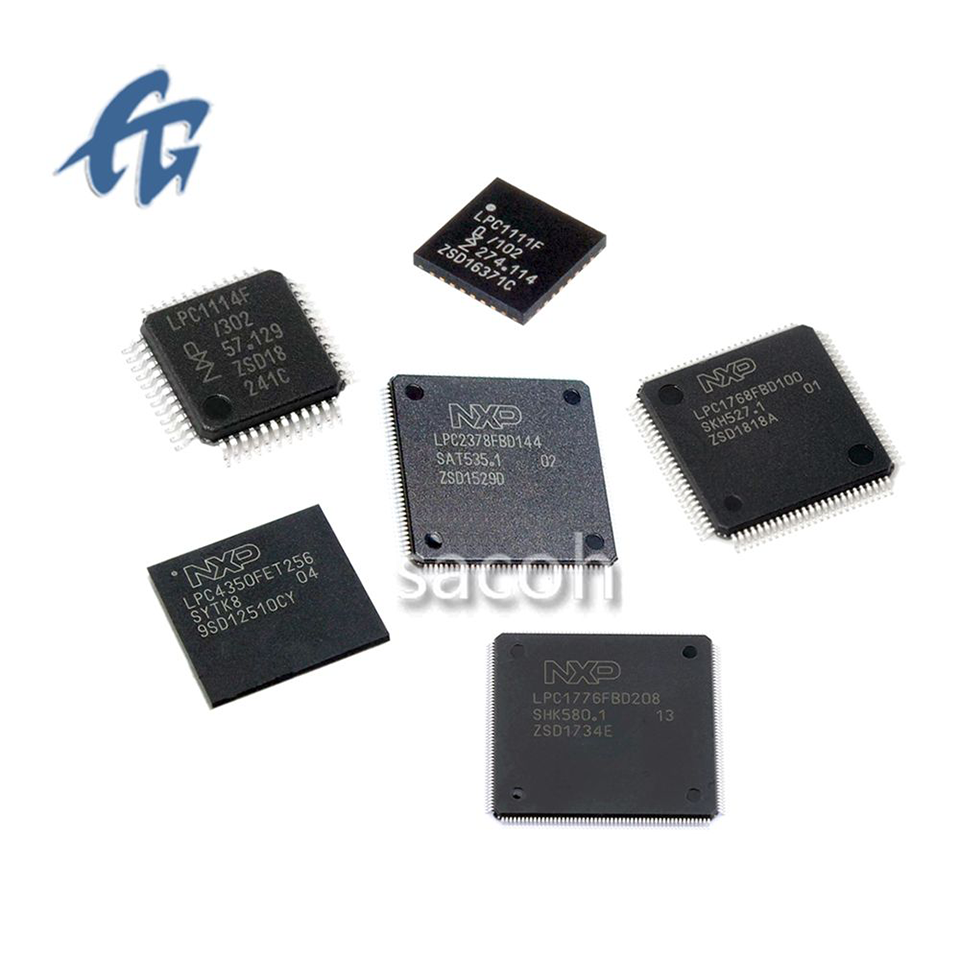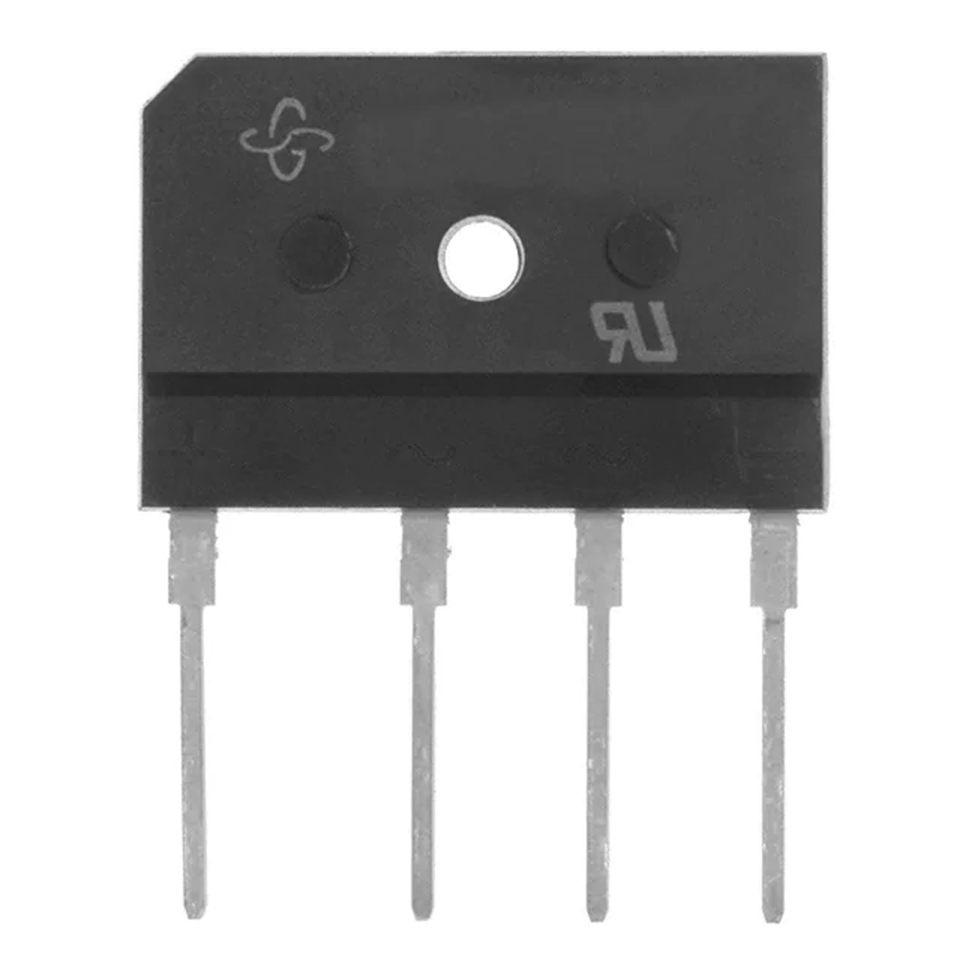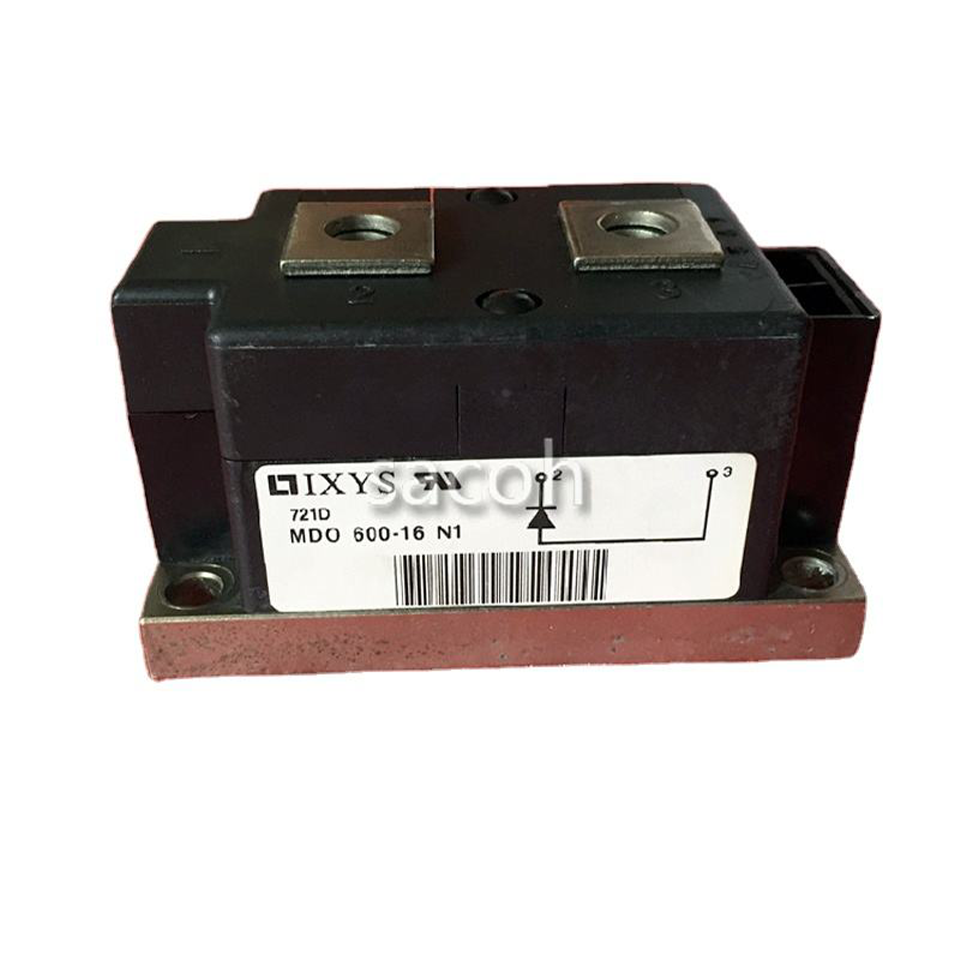Integrated circuits, commonly known as ICs, form the backbone of all modern electronic gadgets. These tiny chips combine various electronic parts like transistors, resistors, and capacitors into one package instead of having them spread out across circuit boards. What makes this so important? Well, it allows manufacturers to build smaller devices that work better while taking up less space on our desks or in our pockets. We see these benefits everywhere from smartphones to medical equipment. Since their invention, integrated circuits have completely changed the game for electronics design. Engineers no longer need to wire together dozens of separate components when they can just slap down a single chip. This advancement has pushed forward progress in many areas. Think about how cell phone technology evolved over time or consider the sophisticated monitoring devices now available in hospitals thanks to these miniature powerhouses.
Integrated circuits built for high performance tackle complicated tasks much better than standard chips. They generally run quicker, sip less electricity, and tend to last longer without failing. When manufacturers pack all these good qualities into one chip, it lets gadgets do tough jobs without draining batteries so fast. Take a look around really. These powerful little components make everything from supercomputers to modern cars work properly. Industrial machines rely on them too. Without this kind of tech advancement, many industries would fall behind in today's fast moving world where computing power matters more than ever before.
Integrated circuits are pretty much everywhere these days in our tech obsessed world, touching nearly every industry out there. They power everything from our daily smartphones and laptops all the way to complex car systems and factory machines that run nonstop. What makes them so valuable is their consistent reliability even when faced with constant changes in what we ask of our gadgets. These tiny components including those little microcontrollers and computer chips keep pushing boundaries for innovation. As technology keeps evolving at lightning speed, manufacturers continue relying on these circuit boards to handle bigger workloads without breaking down under pressure.
When picking out an integrated circuit (IC), figuring out what kind of performance the application actually needs comes right at the top of the list. Look at how fast processing needs to be, how much memory space is required, and whether there's enough computational muscle for the job. Don't forget about operating frequencies and latency either these factors really matter when dealing with applications that demand serious performance. Matching up what the IC can do against what the application specifically requires helps get the most out of both performance and efficiency in practice.
When it comes to battery powered gadgets, power usage and how efficiently they run matters a lot. For devices that rely on batteries, getting the most out of each charge is what keeps them working when needed. Look at how efficient an integrated circuit consumes power and consider models that come with sleep modes or other ways to save energy. Such features let designers balance good performance with better battery life so equipment lasts longer between recharging sessions. This becomes particularly important for portable electronics used in remote locations or during emergencies where access to power sources might be limited.
Managing heat remains one of the main concerns when dealing with high performance integrated circuits since these components naturally produce quite a bit of warmth while running. When shopping around for such chips, it makes sense to check if they come equipped with internal thermal safeguards or work well with modern cooling technologies available today. Getting this right not only keeps things running smoothly but also means the equipment lasts longer before needing replacement or repair.
Ensuring compatibility and ease of integration with existing hardware and software systems is essential when selecting an IC. Verify that the IC supports standardized interfaces and protocols to simplify the process. This minimizes integration challenges and drives efficiency, allowing for seamless incorporation into the desired systems.
Choosing the right integrated circuit (IC) for your project can be a pivotal decision. Here, we explore three innovative IC products offering high scalability, superior functionality, and compact design to meet various application needs.
When it comes to scalability, this integrated circuit really stands out, which makes it great for projects that need to grow or change over time. The combination of microcontroller and transistor parts works pretty reliably even in complicated electronics setups, handling data without guzzling too much power. Take the H5TC4G63EFR-RDA chip from High Scalability Chips for instance. This particular model fits well into systems built around microcontrollers and performs admirably in applications where speed and efficiency matter most. Engineers working on everything from industrial controls to consumer devices find these chips especially handy when they want their designs to scale up without major redesigns down the road.

The GSIB2560 IC stands out for its suitability in automation systems, providing superior functionality and precision in industrial applications. Its advanced features facilitate seamless operation in demanding environments, ensuring stability and efficiency. These IC chips are well-engineered to deliver excellent performance within diverse electronic systems, enhancing overall functionality.

The MDO600-16N1 IC fits right into tight spaces while still delivering strong performance despite its tiny size. Engineers designed this chip with microelectronics in mind, so it works well alongside today's smaller gadgets and components. For projects where every millimeter counts and power consumption matters, this part stands out from the crowd. It slips right into all sorts of electronic setups without causing headaches about board layout or heat management issues that bigger chips might bring.

These products exemplify the versatility and advancements in IC design, crucial for sectors spanning telecommunications, consumer electronics, and more. Whether requiring high scalability, superior functionality, or compact design, these SACOH IC offerings provide reliable and innovative solutions for modern electronic challenges.
Understanding the different types of integrated circuits (ICs) is crucial for optimizing electronic devices. Each type serves a unique purpose, enhancing their functionality and performance across various applications.
Integrated circuits, or ICs as they're often called, form the backbone of how we process binary data in our gadgets these days. Pretty much everything electronic relies on them from laptops and phones right down to those fancy digital cameras people love so much. What makes these little chips so special is their speed when crunching numbers and performing all sorts of complicated logic tasks behind the scenes. We probably wouldn't have gotten anywhere near where technology stands now without them handling massive chunks of information at lightning fast speeds. Just think about what life would be like without this kind of processing power built into every device we own!
Analog integrated circuits, or ICs for short, play a key role in handling those never-ending electrical signals we deal with every day. That's why they show up so much in things like sound equipment, various kinds of sensors, and even in how our gadgets manage their power consumption. What makes these little chips special is their ability to take those raw signals and either boost them up or tweak them just right so everything works as it should without any hiccups. Think about your phone's microphone picking up your voice clearly despite background noise - that's analog magic at work. When it comes down to situations where getting the exact signal matters most, like medical devices or high quality audio gear, there really isn't much substitute for good old fashioned analog circuitry.
Mixed signal integrated circuits bring together what digital and analog chips can do, which is why they work so well in things like data converters and communication equipment. These chips basically connect the world of digital processing with actual physical signals from our environment. That means they fit right into all sorts of devices where both kinds of signal handling are needed at once. The flexibility of mixed signal ICs has made them pretty much essential in modern tech. From smartphones to medical devices, these components handle complex tasks without needing separate digital and analog parts, saving space on circuit boards while improving performance across the board.
Selecting the right integrated circuit (IC) demands careful evaluation of several factors to ensure it aligns with your project's requirements and objectives. This consideration is crucial in facilitating the successful integration and operation of the circuit within its intended application.
When choosing an integrated circuit, pin count and input/output (I/O) specifications matter quite a bit. Take a good look at how many pins and what kind of interfaces the chip has before deciding if it can actually support all those connectivity demands. Components with higher pin counts generally offer more flexibility for handling complex tasks across different applications. These kinds of chips tend to work best in advanced systems that require numerous connections and interactions between various components throughout the design.
When selecting an IC, understanding the manufacturing process and assembly requirements is vital to ensure compatibility with your production line. Opt for ICs that support standard assembly techniques, as this can significantly reduce production costs and boost efficiency. Standardization also facilitates smoother integration and scalability in manufacturing.
Getting the right balance between performance and cost matters a lot when picking integrated circuits, and this balance often decides whether a project will actually make financial sense. Look for chips that meet budget constraints while still delivering solid performance characteristics. Availability is another critical factor worth considering. If an IC isn't easy to source, projects face real risks of getting stuck waiting for components, something no one wants when deadlines are approaching. We've all seen what happens when parts aren't available when needed it creates headaches across the entire development timeline from design through final deployment.
The impact of artificial intelligence on integrated circuit design is becoming pretty remarkable these days. We're seeing AI create circuits that can actually optimize themselves and adapt as needed. When it comes to AI powered ICs, there's real potential for major improvements in how efficiently they operate. These smart chips consume less power while running faster and lasting longer under stress conditions. What makes this so exciting is that modern circuits can now respond instantly to changing environments around them. Think about what this means for cutting edge tech like driverless cars or factory robots that need to react to unpredictable situations without human intervention. The ability to adjust on the fly opens up all sorts of possibilities across industries.
When we look at how the Internet of Things meets nanotechnology, it's clear these fields are accelerating progress toward smaller yet powerful integrated circuits. What this means for actual devices is better connections between components and overall performance improvements. They can now process larger amounts of information without breaking a sweat so to speak. By shrinking down those circuits through nano-level engineering, manufacturers get two benefits at once bigger brains packed into tiny spaces and lower power consumption too. This combination makes everything from smart home gadgets to industrial sensors work smarter rather than just faster, creating technology systems that actually deliver on their promises instead of just sounding good on paper.
Keeping things cool remains one of the biggest challenges when developing high performance integrated circuits. New ways to manage heat, along with better materials that conduct or dissipate it more effectively, are helping solve some serious problems with overheating in today's chips. The improvements matter because without proper thermal control, these circuits simply won't last long enough or work reliably under heavy loads. Modern processors generate so much heat during operation that if left unchecked, components can fail prematurely or even catch fire in extreme cases. That's why manufacturers keep investing heavily in research around thermal solutions. Better cooling means longer lasting devices, less frequent replacements, and ultimately more powerful computers that don't melt themselves down after a few months of regular use.